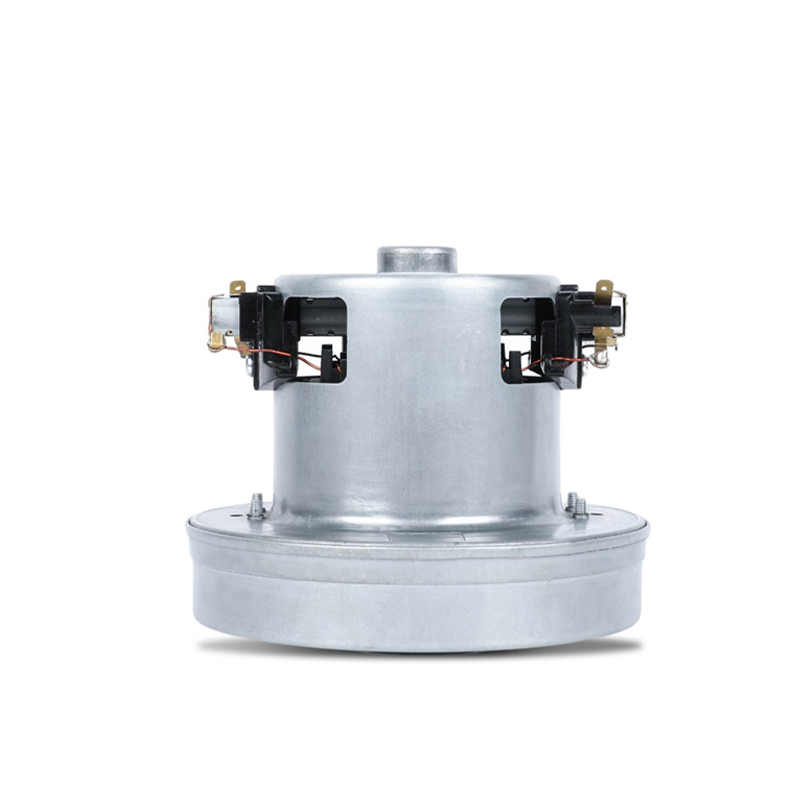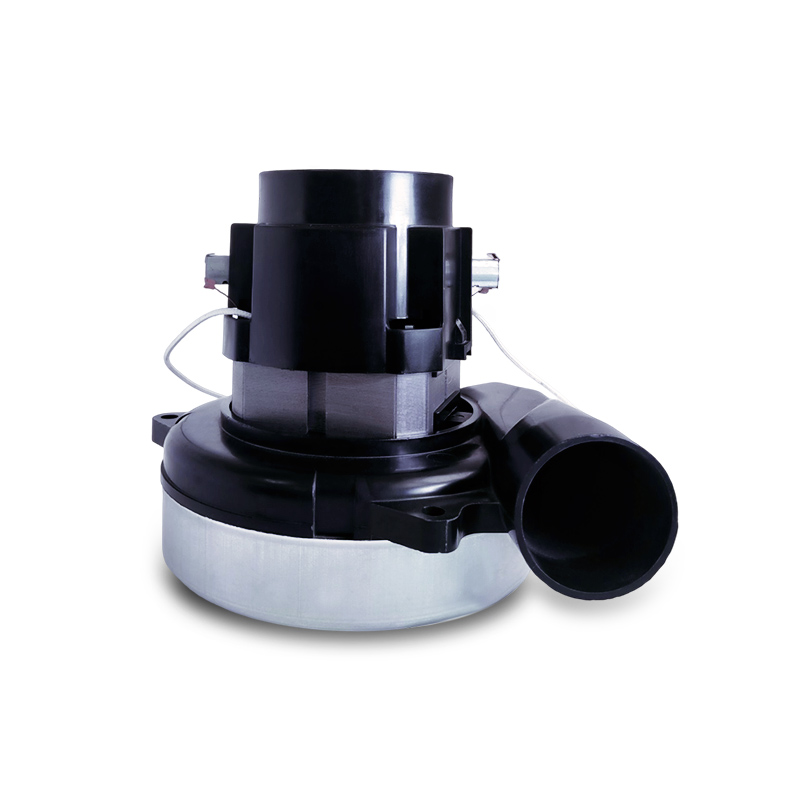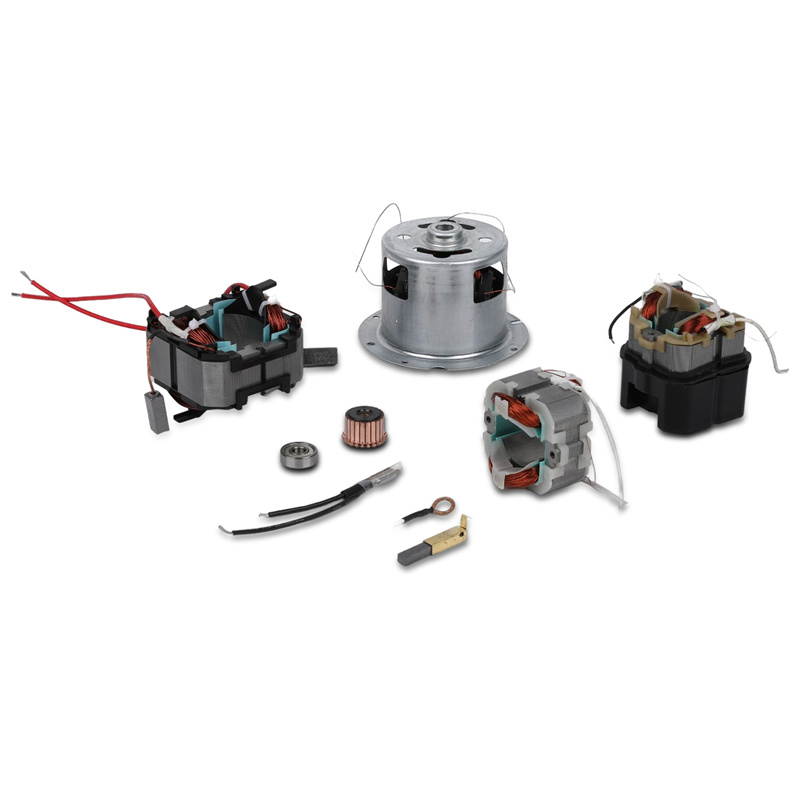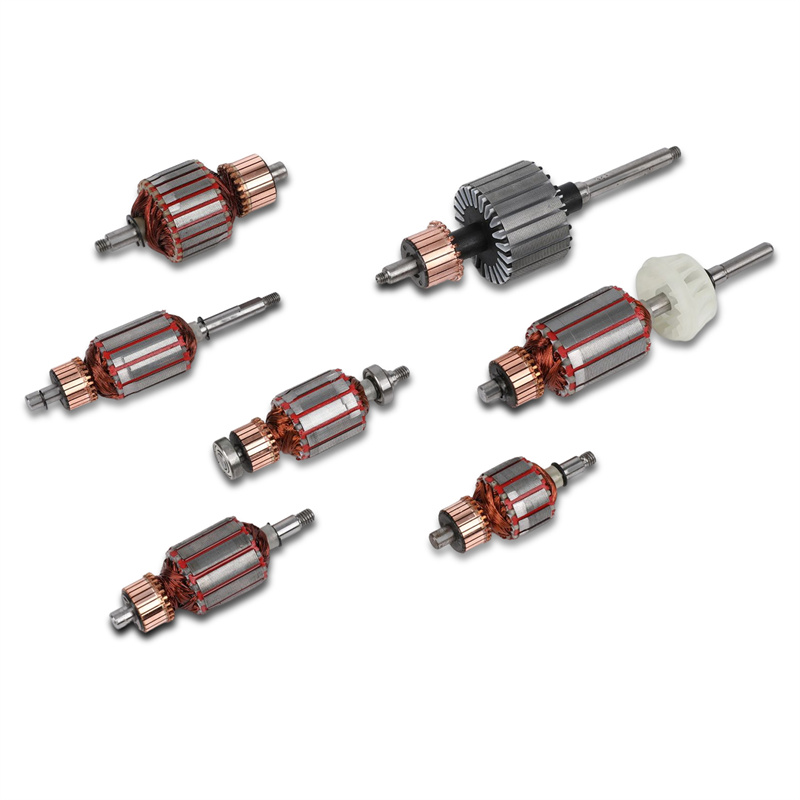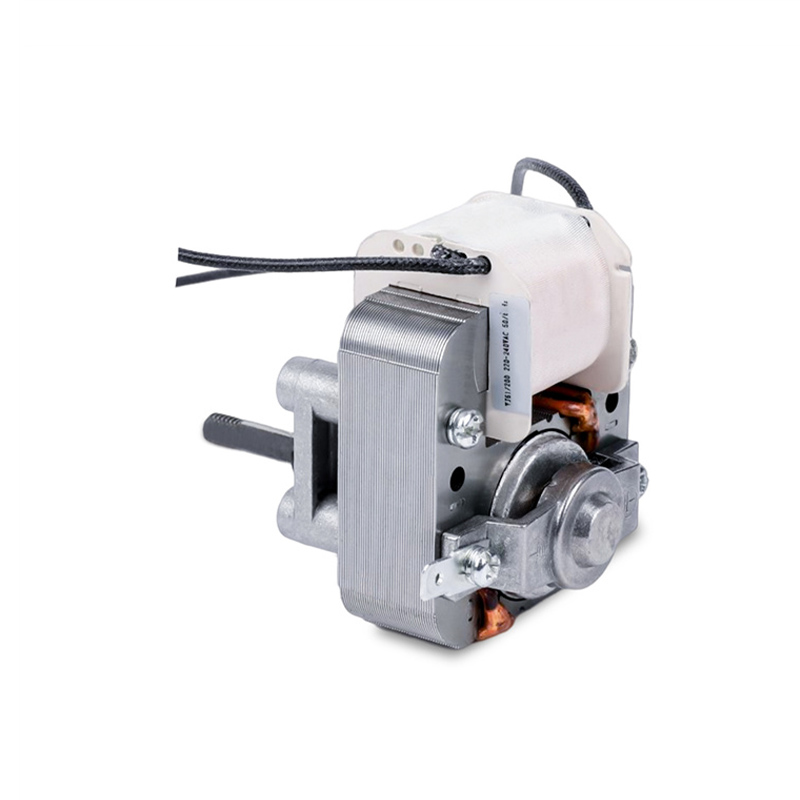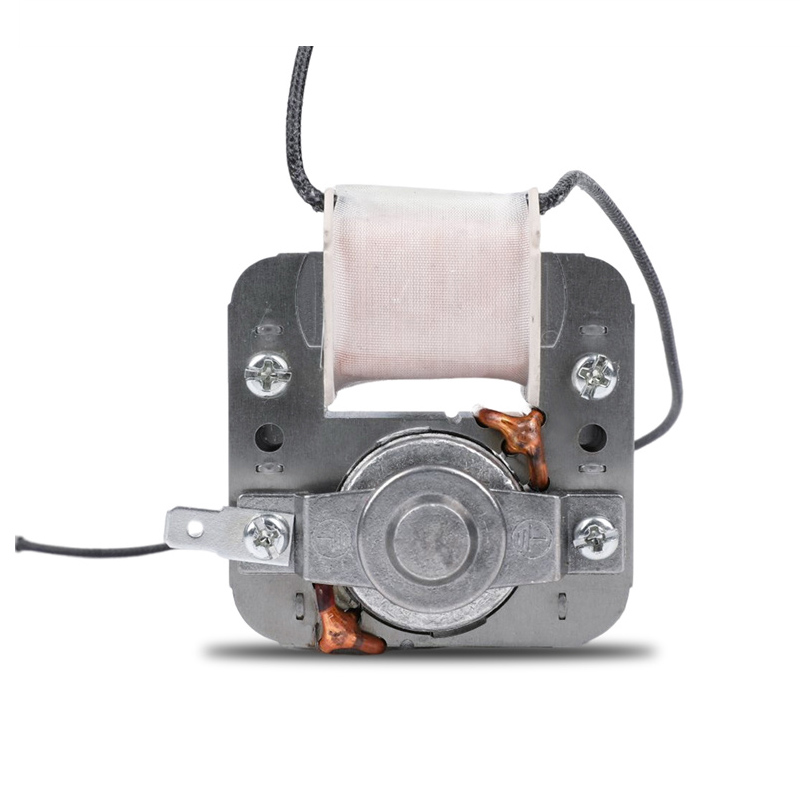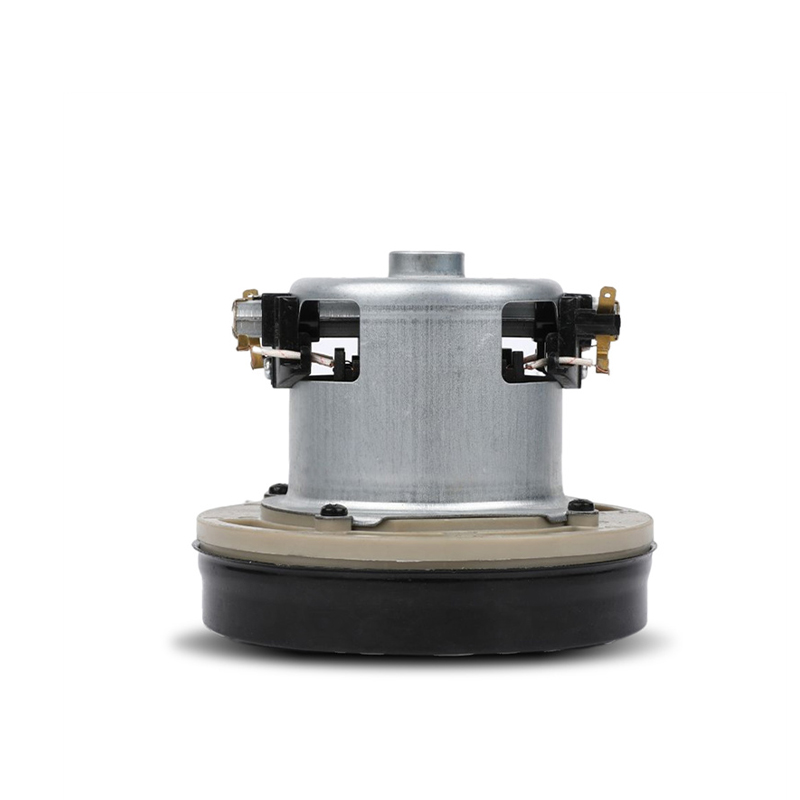What is the principle of magnetic field generation in vacuum cleaner motors
The magnetic field in a vacuum cleaner motor is created when electric current flows in a coil, following Ampere's law and the basic principles of electric motors.
Ampere's Law:
Ampere's law, one of the basic principles of electromagnetic induction, describes that an electric current passing through an electrical conductor, such as a coil, will produce a magnetic field around it. The strength and direction of this magnetic field are related to the strength and direction of the current. In a vacuum cleaner motor, the current flowing through the coil causes the formation of a magnetic field.
Stator coil:
In vacuum cleaner motors, stator coils are usually used, which are mounted on the stator structure. The stator coil forms a stable magnetic field through the current provided by the power supply. The coils on this stator are the static part of the vacuum cleaner motor and do not rotate, but provide a fixed magnetic field source.
Current direction and magnitude:
The strength and direction of the magnetic field depend on the direction and magnitude of the current. By controlling the direction and magnitude of the current, the characteristics of the magnetic field can be adjusted, thereby affecting the performance of the vacuum cleaner motor. In the design of vacuum cleaners, the current often changes repeatedly, causing periodic changes in the magnetic field.
Propagation of magnetic field:
The magnetic field created in the coil by the electric current propagates to other parts of the motor, in particular to the rotating part, the rotor. This propagation process is through the action of electrodynamic force, that is, the magnetic field generated by the current passing through the coil interacts with the permanent magnet or other magnetic material, thereby forming a torque, prompting the rotor to start rotating.
Control of magnetic field:
Controlling the strength and direction of the magnetic field is critical to the performance of your vacuum cleaner motor. By designing the structure of the coil, selecting appropriate wire materials and current control circuits, effective control of the magnetic field can be achieved. This control helps optimize the vacuum's suction power, efficiency and operational stability.
Applications of permanent magnets:
In addition to the magnetic field created by the current in the coil, vacuum cleaner motors often include permanent magnets, such as permanent magnets, to increase the strength of the magnetic field. These permanent magnets are usually mounted around the rotor or stator and interact with the magnetic field in the coils to provide additional magnetic force, thereby increasing the efficiency and performance of the motor.
Model YH-(D-1G), Rated input power 400-500W,max vacuum degree 15.3kpa, Max air flow 2.05M3/min, temperature rise 60K, noise less than 70dB, spark less than 1, class of insulation e, max efficiency 34%.


 English
English Deutsch
Deutsch Español
Español 中文简体
中文简体